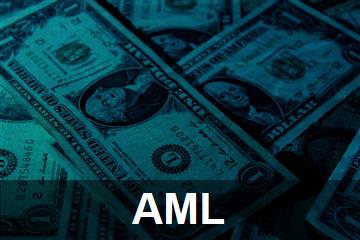
18 set 2024
This review critically examines the recent EU anti-money laundering regulations introduced in June 2024.
It highlights the significant statistics on global money laundering, the new regulatory measures focusing on transparency and effective ownership, and the extended obligations to emerging sectors like cryptocurrencies.
The review also discusses the potential role of technology in enhancing regulatory effectiveness and the challenges in implementation.
The success of these measures in creating a more transparent and secure financial system remains to be seen.
Money laundering has long transcended traditional criminal organizations, with staggering statistics underscoring its global impact.
The United Nations Office on Drugs and Crime estimates that 2-5% of global GDP, amounting to between 715 billion and 1.87 trillion euros, is laundered annually.
Eurojust statistics reveal that money laundering cases constituted nearly 15% of all cases recorded between 2016 and 2021, with around 3000 cross-border cases reported in the last seven years.
In June 2024, the EU introduced a new anti-money laundering regulatory package, raising questions about the effectiveness of previous measures and the new framework's ability to address the root causes of money laundering.
This package emphasizes transparency, particularly in identifying beneficial ownership.
The regulation lowers the ownership threshold for identifying beneficial owners to 25% and clarifies the concept of 'control.' While these measures aim to enhance transparency, they also increase compliance burdens for financial institutions, prompting a cost-benefit analysis.
The new regulations ensure access to beneficial ownership information for entities with a legitimate interest in combating financial crime.
Additionally, the package extends anti-money laundering obligations to emerging sectors such as cryptocurrencies and luxury goods.
However, there is skepticism about whether a purely regulatory approach can keep pace with increasingly sophisticated money launderers.
A key component of the new framework is the establishment of a new Authority to strengthen enforcement efforts.
This Authority will directly supervise high-risk financial institutions and promote collaboration among national authorities.
The role of technology is crucial in enhancing anti-money laundering efforts.
The Authority and obligated entities could leverage data analytics, artificial intelligence, and machine learning to improve risk assessment and transaction monitoring.
While the new package represents an ambitious step towards a more transparent and secure financial system, its success hinges on realistic implementation.
Member States must incorporate these regulations into national law, allocate adequate resources, and demonstrate strong commitment to enforcement.
The stakes are high.
The success of these new regulations could not only safeguard the European financial system but also contribute to a fairer global financial order.
However, it remains to be seen whether the EU has delivered a decisive blow to dirty money or if this is merely another chapter in a long and frustrating battle.

